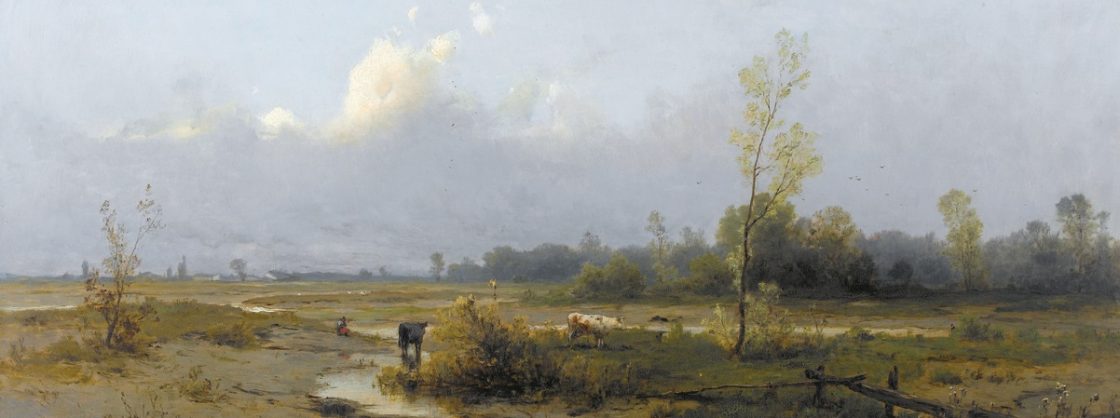
3497852. HILARY KRZYSZTOFIAK (POLISH 1926-1979). “Astor 700”, signed and dated Hilary 72, oil on canvas. 100×80 cm. PROVENANCE: Private collection Örebro, Sweden. Estimate 2,624 EUR. Crafoord Auktioners. 06/02/24. Sold 2,843 euro
Dodam to poniższego życiorysu, że Hilary Krzysztofiak miał wystawę swoich prac w USA w katolickim uniwersytecie Seton Hall w South Orange w New Jersey. Z ta wystawą związane były pewne kontrowersje (modne słowo, wszystko da się w nim zamknąć) na tle tematyki jego prac (jakie to prace były to nie wiem bo mnie tam wtedy nie było), jakoby pornograficznych w oczach niektórych osób dziekanatu. Wystawa się odbyła a jedynie nie znalazły sie na niej te obrazy, które kojarzyły sie komuś z władz uczelni, jak pewnie również i cokolwiek innego, tylko z jednym. Inna rzecz, że jedna lub może nawet kilka jego prac zostało skradzionych z tej wystawy, choć wiele zostało również sprzedanych. Działo sie to w latach 70-tych i kamer monitoringowych chyba jeszcze nie było.
HILARY (Hilary Krzysztofiak), painter, graphic designer and theatre scenographer, was born in Szopienice (now part of Katowice) in 1926. He studied at the Warsaw Academy of Fine Arts. He was a member of the avant-garde Group St-53, graphic editor of such journals as Po Prostu and Ruch Muzyczny. Hilary participated in many important artistic events, among others in the legendary National Exhibition of Young Art in the Arsenal in 1955, Ist Plein-air Painting in Osieki, The Biennial Exhibition of Three-dimensional Forms in Elbląg, exhibitions in the gallery “Krzywe Koło” and Contemporary Salon, and he played an important role in shaping modern Polish art in the fifties and sixties of the XXth century. He also designed decorations for many plays of Ionesco and Mrożek (his good friend). At the end of the sixties, after one of his exhibitions abroad, Hilary did not return to Poland — he decided to emigrate as in Poland he did not find enough space and freedom for himself and his art. The artist’s studio in Warsaw was closed off, the pictures thrown into trash and drawings used for making fire by roofers who were mending the roof over local cinema. Hilary successfully continued his active artistic life in Germany, and then in the USA. He took part in collective exhibitions and had several individual ones. In 1976 he received the Jurzykowski Prize in New York. Hilary was well known and popular in Polish emigrant circles, also in the circle of Paris-based Kultura, and was written about by J. Czapski, B. Palester, W. Odojewski and T. Nowakowski. He died suddenly of heart attack in the United States in 1979, at the age of 52. In Poland the communist censorship made him non-existent. To bring him back to the history of Polish postwar art the National Museum in Warsaw presented a retrospective exhibition of Hilary’s art in the gallery Zachęta, in 1997. Hilary’s paintings were presented in many individual exhibitions abroad, among others in Germany, Holland, France, the USA and Switzerland. Hilary’s art is in many museums and in private collections in Europe and the United States.
